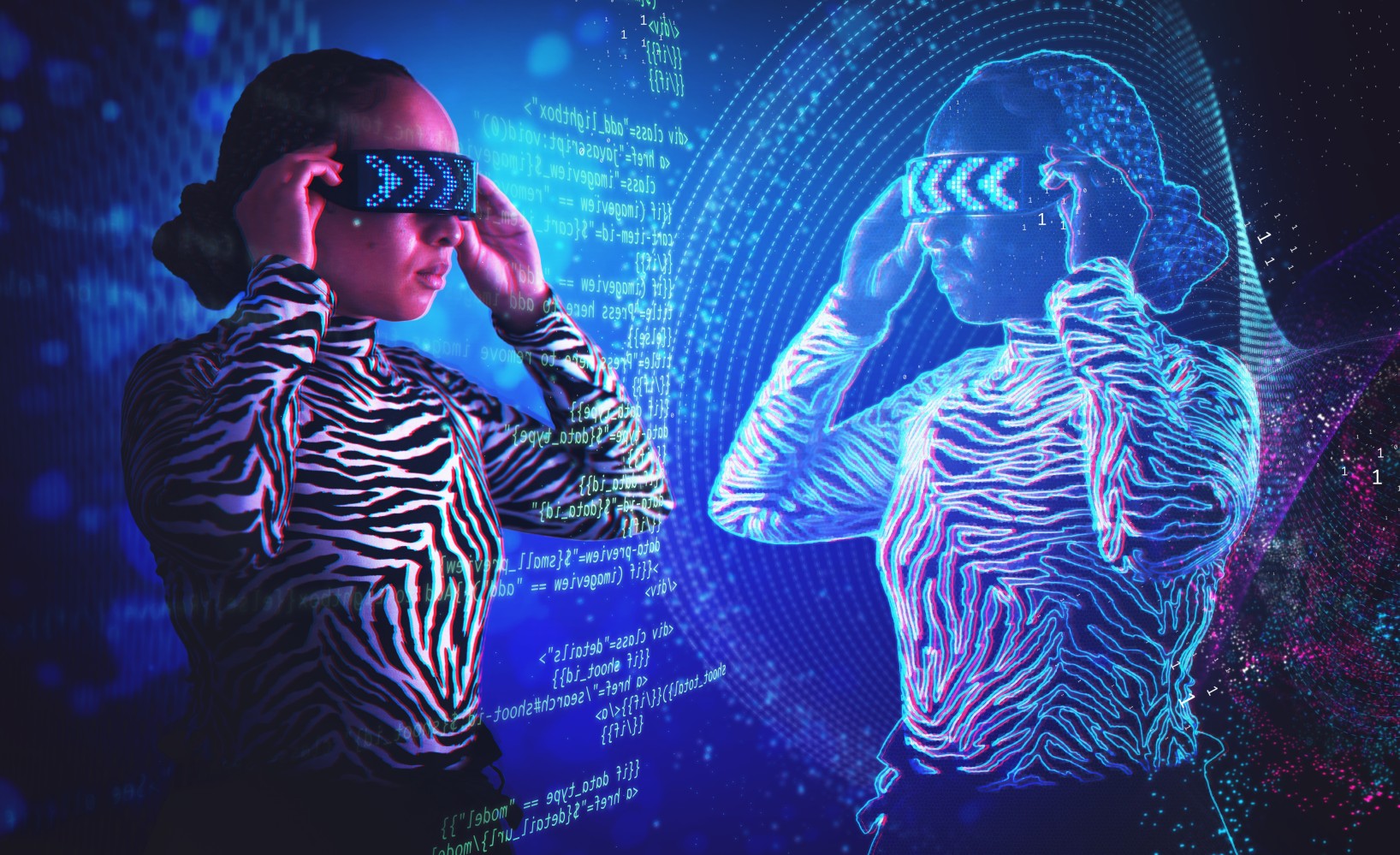Digital Twins: The Future of Precision and Innovation in the Virtual-Physical World

In a world increasingly driven by data, the concept of Digital Twins has emerged as a transformative technology that bridges the gap between the physical and virtual realms. By creating a dynamic, virtual replica of physical assets, processes, or systems, digital twins enable real-time monitoring, simulation, and optimization.
From manufacturing and healthcare to smart cities and aerospace, digital twins are reshaping industries by unlocking new levels of precision, efficiency, and innovation. This blog explores the fundamentals of digital twins, their applications across sectors, and the challenges of implementing this groundbreaking technology.
A digital twin is a virtual representation of a physical object or system that mirrors its real-world counterpart. Powered by sensors, IoT devices, and advanced analytics, a digital twin collects data in real time and uses it to create a living model that evolves alongside the physical entity.
Key Features of Digital Twins
Real-Time Data Integration: Continuously updated with data from the physical asset.
Predictive Analytics: Uses machine learning (ML) and simulation tools to forecast outcomes.
Bidirectional Communication: Interacts with the physical entity to optimize operations.
Digital twins are more than static models; they are dynamic systems that adapt and learn, providing actionable insights for better decision-making.
Data Collection: Sensors and IoT devices embedded in the physical asset collect data on its condition, performance, and environment.
Data Transmission: This data is transmitted to cloud-based platforms or edge computing systems.
Virtual Model Creation: A digital replica is created using advanced software, integrating real-time and historical data.
Analysis and Insights: AI and ML algorithms analyze the data to identify patterns, predict potential failures, and suggest optimizations.
Feedback Loop: Insights from the digital twin are sent back to the physical asset for implementation.
1. Manufacturing
Digital twins are revolutionizing Industry 4.0, enabling manufacturers to:
Optimize Production: Simulate and fine-tune processes before implementation.
Predict Equipment Failures: Reduce downtime by identifying potential issues in advance.
Enhance Quality Control: Monitor products at every stage of the production lifecycle.
2. Healthcare
In healthcare, digital twins are creating personalized treatment plans and optimizing medical devices:
Patient-Specific Models: Digital replicas of organs or systems help doctors simulate surgeries or treatments.
Device Performance: Monitor the real-time status of medical equipment like MRI machines.
3. Smart Cities
For urban planners, digital twins provide a comprehensive view of a city’s infrastructure:
Traffic Management: Simulate traffic flow and optimize routes in real time.
Energy Optimization: Monitor and control energy usage in smart grids and buildings.
Disaster Preparedness: Simulate responses to emergencies like floods or earthquakes.
4. Aerospace and Defense
In the aerospace industry, digital twins are used to:
Monitor Aircraft: Track performance, wear, and tear of components.
Simulate Missions: Test new designs or strategies without physical prototypes.
Predictive Maintenance: Identify and address issues before they escalate.
5. Retail and E-Commerce
Retailers use digital twins to create virtual stores, track inventory, and enhance customer experiences:
Virtual Shopping: Provide immersive shopping experiences with real-time inventory updates.
Supply Chain Optimization: Simulate and optimize logistics operations.
6. Energy and Utilities
In the energy sector, digital twins are critical for:
Monitoring Renewable Energy Assets: Track solar panels and wind turbines for efficiency.
Pipeline Safety: Simulate flow dynamics to prevent leaks or bursts.
Grid Management: Balance energy supply and demand in real-time.
Enhanced Decision-Making: Real-time data and predictive insights enable informed decisions.
Cost Efficiency: Reduce operational costs by minimizing downtime and optimizing resource allocation.
Improved Safety: Identify and mitigate risks through simulations and predictive analytics.
Faster Innovation: Test new ideas and designs in a virtual environment before real-world deployment.
Sustainability: Monitor and reduce the environmental impact of assets and operations.
1. High Implementation Costs
Setting up the sensors, IoT infrastructure, and software for digital twins requires significant investment, making it a barrier for small and medium enterprises.
2. Data Integration Complexity
Digital twins rely on the seamless integration of diverse data sources, which can be challenging due to legacy systems or data silos.
3. Cybersecurity Concerns
As digital twins are connected to physical assets, they are vulnerable to cyberattacks, requiring robust security measures.
4. Skills Gap
The adoption of digital twins requires specialized skills in data science, AI, and IoT, creating a demand-supply gap in talent.
5. Scalability
Scaling digital twin technology for large enterprises or complex systems can be difficult, especially in dynamic environments.
1. AI-Powered Digital Twins
As AI continues to evolve, digital twins will become more intelligent, capable of autonomous decision-making and self-optimization.
2. Integration with the Metaverse
Digital twins will play a key role in the industrial metaverse, allowing businesses to visualize and interact with assets in immersive virtual environments.
3. Quantum Computing
Quantum computing will enhance the computational power of digital twins, enabling more accurate simulations and faster problem-solving.
4. IoT Expansion
As IoT adoption grows, digital twins will extend to smaller-scale applications like smart homes and wearable devices.
5. Edge Computing
With the rise of edge computing, digital twins will process data locally, reducing latency and bandwidth usage.
The digital twin market is projected to reach $73.5 billion by 2027, driven by the growing demand for precision and efficiency. Key sectors like manufacturing, healthcare, and energy will benefit the most, creating new opportunities for innovation and economic growth.
Moreover, digital twins will play a critical role in achieving sustainability goals, helping businesses monitor and reduce their environmental footprint.
Digital twins are no longer a futuristic concept; they are a present-day reality reshaping industries and enhancing human capabilities. By combining real-time data, advanced analytics, and simulation, digital twins offer a window into the future, enabling organizations to predict, optimize, and innovate with unprecedented precision.
As challenges are addressed and technologies mature, the adoption of digital twins will accelerate, paving the way for a more efficient, sustainable, and connected world.

For modern telecom enterprises, delivering exceptional QoS is no longer optional—it’s a brand differentiator and a strategic lever for growth. Static provisioning models won’t cut it in a world of hyper-dynamic data usage.